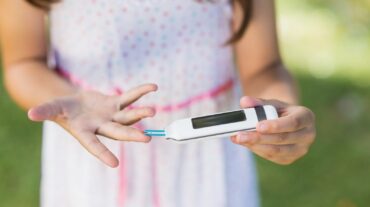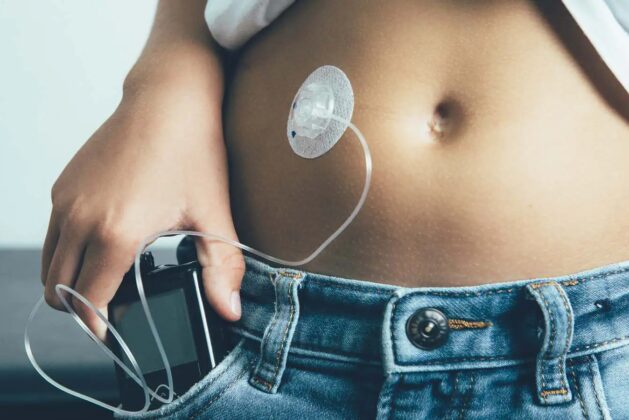[ad_1]
Based on a study in India, it is estimated that around 98,000 children have type 1 diabetes, which can affect their health in the long run. To understand diabetes, it is important to understand the role and function of insulin. It is a hormone that the human body needs for its normal functioning. When a person eats, carbohydrates are broken down into glucose, and insulin helps the cells to take this glucose from the body and convert it into energy.
What is juvenile diabetes?
When a person has type 1 diabetes, the body’s immune system destroys the insulin-producing cells in the pancreas. Low insulin levels increase blood sugar levels in the body and lead to type 1 diabetes. This form of diabetes is also called juvenile diabetes because it is usually seen only in children and adolescents. Although sometimes adults are also affected by it.
Since diabetes cannot be completely cured, it is important to control blood sugar levels and make lifestyle changes to prevent future health problems. One way to monitor insulin levels is through an insulin pump. Devices such as insulin pumps are used by diabetics to deliver insulin throughout their body. Usually available in smaller sizes, these computer devices operate on a pre-programmed schedule. Children try too.
How does an insulin pump work?
An insulin pump is a device that performs the functions of the pancreas. When blood sugar levels fluctuate, the pancreas releases insulin, but this response does not occur in diabetics. This is why an insulin pump helps diabetics get the insulin they need to help their body convert glucose into energy.
An insulin pump works by delivering a specific amount of insulin through a tube called a cannula. The cannula is placed under the top layer of the skin. However, the amount of insulin delivered by the device is determined by the specialist depending on the condition of each patient and the need for insulin. Since diabetes affects each patient differently, the amount of insulin depends on them.
It is necessary to check the correct amount of insulin every day
It is also important to know that insulin pumps deliver insulin to each patient according to the program of each device. Since the devices cannot be adjusted independently, they must be checked regularly to ensure that the correct amount of insulin is given. In addition, The patient also needs special training to use these devices safely and effectively.
How to use an insulin pump for children
Before using an insulin pump for children, it is important to teach them how to use the device properly. It should be done in such a way that it does not break. Before using it, it is important to know some tips.
-
avoid direct contact
Make sure that the buttons of the insulin pump are not in contact with the body, so that body moisture does not get on them. The device can be worn on the waist or belt for better comfort.
-
make sure it is connected
Always make sure the insulin pump is connected. Remove it when doing any water activity or before showering. Tell the child that this is a device, not a toy. Rough use as a toy can damage it.
-
keep clean
Wash your hands before using the insulin pump. Remove all traces of lotions, sun creams, creams, insect repellents and organic cleaning agents. Be sure to wash your hands again after using the pump.
-
clean the pump
Use detergent and water to clean the pump. Put it under running water or do not put it in any liquid. You can use alcohol wipes. Do not use any glass cleaner or hand sanitizer to clean it.
-
Do not place them close to other vehicles
Exposure to x-rays, MRIs, CT scans, and airport scans can affect insulin pump performance. So make sure to disconnect your pump when you are in such places.

Also, never pass the device through an X-ray or MRI machine, as this may cause injury.
-
Keep the device in the right place
Keep the device in a cool and dry place so that it works properly for a long time. All medical equipment should be kept at room temperature, and if taken outside, put it in a bag or towel where it will stay warm.
[ad_2]



Leave a comment